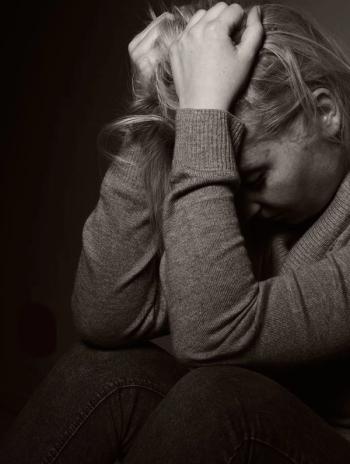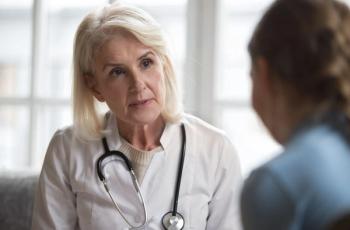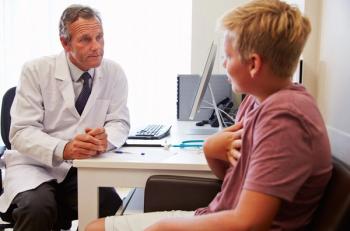
Absent or Delayed Puberty From Hypogonadism May Be Reversible
BOSTON -- Some men essentially outgrow and reverse delayed or partial puberty from idiopathic hypogonadotropic hypogonadism, investigators here suggested.
BOSTON, Aug. 29 --- Some men essentially outgrow and reverse delayed or partial puberty from idiopathic hypogonadotropic hypogonadism, investigators here suggested.
In a study of men with idiopathic hypogonadotropic hypogonadism with either anosmia (the Kallmann syndrome) or with a normal sense of smell, about 10% had sustained reversal of their hormonal deficiencies, reported Nelly Pitteloud, M.D., of Massachusetts General Hospital, and colleagues.
"Our results indicate that reversal of hypogonadotropic hypogonadism occurs across a broad spectrum of gonadotropin releasing hormone [GnRH] deficiency and its related phenotypes," the investigators wrote in the Aug. 30 issue of the New England Journal of Medicine.
The results indicate that it may be reasonable in such patients to briefly interrupt exogenous hormonal therapy to see whether the patients' endogenous hormonal function has been restored, the authors suggested.
"Exogenous therapy with pulsatile GnRH or gonadotropin therapy usually restores normal pubertal development and fertility, whereas androgen therapy only induces virilization,: they wrote. "It is believed that lifelong hormone therapy is required to maintain sexual function and secondary sexual characteristics in men with idiopathic hypogonadotropic hypogonadism. However, rare cases of spontaneous reversal of this condition later in life have been reported."
The authors retrospectively identified 10 men with reversal of idiopathic hypogonadotropic hypogonadism, and five men with reversal of the condition who were part of a prospective three-year study of 50 men with the sexual maturation disorder.
To qualify, the patients had to be at least 18, have incomplete or absent puberty, a serum testosterone level less than 100 ng per deciliter (3.5 nmol per liter) in the presence of low or normal levels of gonadotropins, otherwise normal pituitary function, and normal hypothalamo-pituitary imaging findings.
The patients were studied for history of pubertal development and associated nonreproductive phenotypes. For the prospective study, patients were given detailed physical exams that included measured testicular volume with a Prader orchidometer. Patients were classified as having either absent or partial puberty according to clinical history and testicular size.
The patients' olfactory acuity was assessed with smell testing, and their olfactory systems were evaluated with MRI. Semen analysis according to WHO guidelines was performed on the ejaculate of patients who were able to produce it.
The authors defined sustained reversal of idiopathic hypogonadotropic hypogonadism as a normal adult endogenous serum testosterone level of at least 270 ng per deciliter or 9.4 nmol per liter after discontinuation of hormonal therapy.
They identified 10 men retrospectively and five of 50 from the prospective study who had sustained reversal of the condition.
Among the men with sustained reversal who were part of the prospective study, the reversals were identified after men had been off hormonal therapy for six + three weeks.
Among all 15 men with sustained reversal, six on initial evaluation were determined to have absent puberty, and nine had partial puberty. All of these men had abnormal secretion of GnRH-induced LH.
All had also received hormonal therapy to induce civilization, fertility, or both.
The authors found that the mean serum level of endogenous testosterone among men with sustained reversal increased from 55 + 29 nag per deciliter (1.9 + 1.0 mol per liter) to 386 + 91 nag per deciliter (13.4 + 3.2 mol per liter, P
Newsletter
Enhance your clinical practice with the Patient Care newsletter, offering the latest evidence-based guidelines, diagnostic insights, and treatment strategies for primary care physicians.





















































































































































































































































































